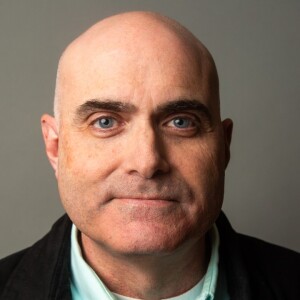SALT LAKE CITY — A University of Utah engineer is developing a new tool that will make it safer and less painful to detect breast cancer in women.
WATCH: Breast cancer survivor urges women to not delay screenings
While mammograms are considered safe and effective, the small dose of radiation is a concern, leaving doctors to recommend the process for women over 40. However, the university says studies show up to 7% of women with breast cancer are under the age of 40.
That led University of Utah electrical and computer engineering assistant professor Benjamin Sanchez-Terrones and IONIQ Services to come up with a new way to detect breast cancer using a low electrical current instead of radiation. Because the procedure uses an electrical current, the device can be used repeatedly on women of any age.
Using the new device, the patient holds one electrode while the doctor touches different parts of the body with a probe containing the second electrode. The painless procedure takes less than 30 minutes as the device analyzes data points and calculates a likelihood the patient has cancer.
WATCH: Mother uses breast cancer diagnosis to reinvent her life
According to the university, a clinical study showed the procedure was 70% effective in determining whether a patient had cancer, and 75% effective in determining no cancer was present.
Although mammograms can be up to 98% correct in detecting breast cancer, Sanchez-Terrones' device is suggested to be used in conjunction with a mammogram or on women under the age of 40.
The procedure can also be used on patients who are currently battling breast cancer; not making them wait up to one year for another mammogram.
WATCH: Officer's bulletproof vest helps her discover breast cancer
“They do one mammogram measurement before, one six months later, and one maybe a year later. That’s three times you are measured, and that’s it,” said Sanchez-Terrones. “But what about in-between? When there is no radiation from a mammogram involved, you can use this to find out how the patient is doing and perhaps change the therapy if necessary.”
The Federal Drug Administration has already given the device a Breakthrough Therapy Designation while Sanchez-Terrones and IONIQ apply for full approval.



